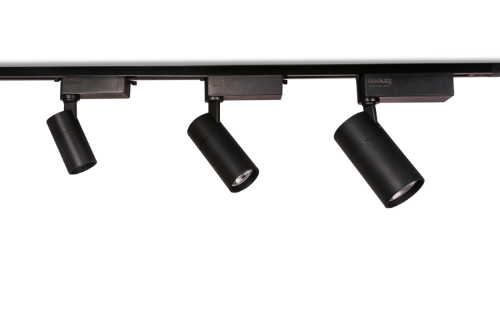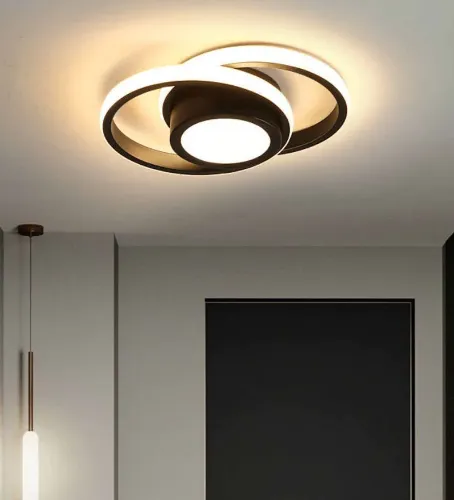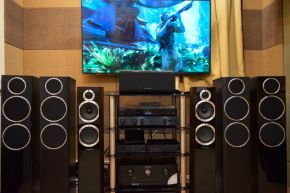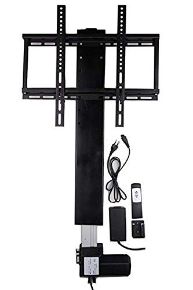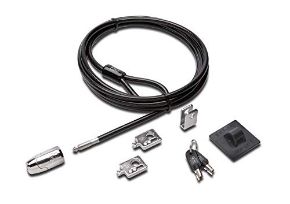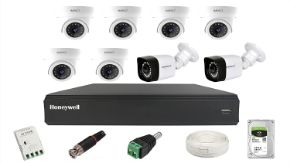Acoustics play a crucial role in creating a high-quality home theater experience. A 5.1 surround sound system, which includes five speakers and one subwoofer, is designed to immerse the listener in the audio, creating a sense of being in the middle of the action. However, the acoustics of the room in which the system is set up can greatly impact the overall sound quality.
One of the most important aspects of acoustics in a home theater system is sound diffusion. Sound diffusion refers to the way sound bounces off the walls and ceiling of a room, and it can greatly affect the clarity and overall sound quality of the system. A room with hard, reflective surfaces like concrete or tile will cause sound to bounce around, creating an echo-like effect that can be distracting and make it difficult to hear dialogue clearly. On the other hand, a room with soft, absorbent surfaces like carpet and curtains will help to diffuse sound, creating a more pleasant listening experience.
Another important aspect of acoustics in a home theater system is sound isolation. Sound isolation refers to the ability of a room to keep sound from escaping and interfering with other areas of the home. This is especially important for home theater systems, as the loud sound can be disruptive to others in the home. A room with good sound isolation will have walls, floors and ceilings that are well insulated and sealed to prevent sound from leaking out.
Additionally, room size also play an important role in determining the acoustics of a home theater system. A room that is too large will cause sound to echo and reverberate, making it difficult to hear dialogue clearly. A room that is too small, on the other hand, can cause the sound to feel cramped and constricted. Ideally, the room should be large enough to accommodate the speakers and seating, but not so large that sound echoes.
To achieve optimal acoustics in a home theater system, it is important to take into account the room's size, layout, and surface materials. There are a number of acoustic treatments that can be added to a room to improve sound quality, such as sound-absorbing panels, diffusers and bass traps. Additionally, adjusting the positioning of the speakers and seating can also greatly improve the acoustics of the room.
In conclusion, acoustics play a crucial role in creating a high-quality home theater experience. A room with good acoustics will have sound diffusion, sound isolation, and a room size that is appropriate for the speakers and seating. By taking into account the acoustics of a room and making adjustments, you can greatly improve the sound quality of your home theater system and enhance your overall viewing experience.


